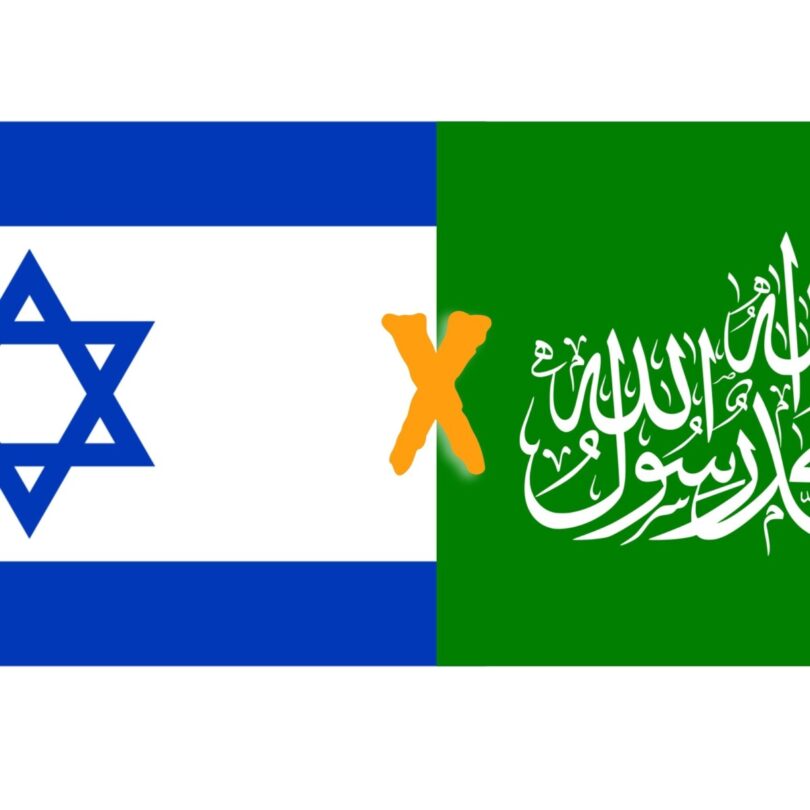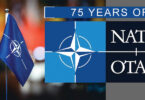With the war between Israel and Hamas showing little end in sight, leaders worldwide are urging restraint among parties involved. The U.S. and UN have repeatedly called for humanitarian pauses, while others push for truces, ceasefires and cessations of hostilities.
Although these terms of conflict are used interchangeably, the language of war is both legally and practically consequential.
Here’s what you need to know about the nuances of nomenclature when the stakes are high.
Humanitarian Pause
The UN Office for the Coordination of Humanitarian Affairs defines a humanitarian pause as a “temporary cessation of hostilities purely for humanitarian purposes.” These pauses almost always apply to a specific location and for a very narrow timeframe (sometimes only hours) for the explicit delivery of food and water, medical support, and other life-saving interventions.
Truce
The International Committee of the Red Cross (ICRC) uses the term “truce” and “suspension of hostilities” to mean the same thing. A truce is usually an ad hoc, nonbinding agreement, confined to a specific geographic area. It indicates a temporary halt and typically comes after an especially intense period of fighting. Truces are generally made by the parties themselves, and often come and go throughout the duration of a conflict. Truces can be called for any purpose, including humanitarian reasons. The ICRC notes that, “A truce should enable work to be done that is unrelated to the general conduct of war (e.g. removal of the wounded, burial of the dead, exchange of prisoners) or give military commanders time to ask for instructions regarding negotiations.”
Cessation of Hostilities
A cessation of hostilities is considered more formal than a truce, but unlike a ceasefire, is nonbinding. A cessation of hostilities means one or both sides have announced plans to suspend fighting, which may signal the early stages of broader peace negotiations.
Ceasefire
Ceasefires are generally binding, but often fleeting. Like a cessation of hostilities or a truce, they’re designed to keep violence at bay for a designated period of time. Importantly, they do not indicate an end to conflict, but ideally create space for parties to negotiate potential solutions to conflict. Ceasefires also typically involve commitments to stabilize or de-escalate, such as marking demilitarized zones to officially separate opposing forces or removing tanks other military equipment from a specified area. Notably, according to the UN, a ceasefire applies to the entire geographical region of conflict.
Armistice
Like the armistices that ended the world wars, an armistice is a legally binding, formal agreement among parties to conflict to permanently end all military operations against each other. Armistice agreements don’t yield peace, however, but move conflicts from the battlefield to the negotiating room and kick off the process for pursuing lasting peace.
The UN’s Role
It’s important to note that the United Nations can urge and help broker any of these agreements with parties involved. However, while decisions made by the UN Security Council are legally binding, those of the UN General Assembly are not. And ultimately, adherence to any end to conflict must be upheld by those engaged.
Source: https://betterworldcampaign.org/blog/truce-ceasefire-armistice







